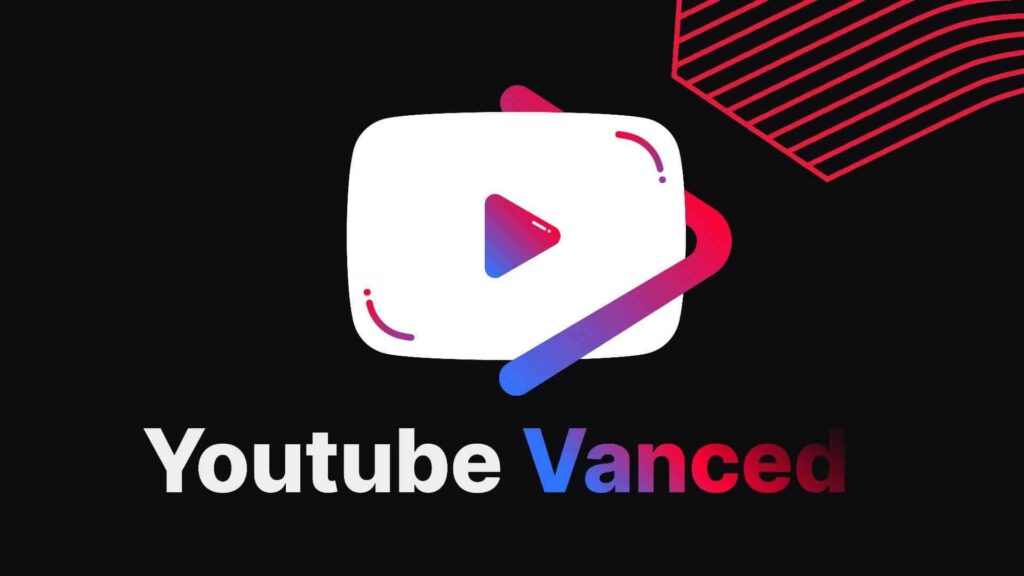Introduction
The Uttar Pradesh government has recently introduced a groundbreaking social media policy that offers influencers the opportunity to earn up to ₹8 lakh per month. This initiative aims to harness the power of digital and social media to promote government schemes and policies more effectively across the state.

Key Features of the Policy
Under this policy, the government will collaborate with social media influencers to reach a wider audience, particularly the youth, who are more active on digital platforms. Influencers with a significant following and engagement on platforms like Instagram, Twitter, YouTube, and Facebook will be eligible to participate.
The compensation for influencers will vary based on their reach and the impact of their content. The highest-performing influencers could earn up to ₹8 lakh monthly, making this an attractive opportunity for content creators in Uttar Pradesh.
Read Also- Instagram Story Downloader: Save and Repurpose Stories | Exploring Options and Benefits
Objectives of the Policy
The primary goal of this policy is to amplify the visibility of government initiatives through modern and popular mediums. By involving influencers, the government hopes to create a more relatable and engaging way to communicate with the public. This approach is expected to help in spreading awareness about various welfare schemes, health programs, and educational initiatives more effectively.
Potential Impact
This policy could significantly boost the digital content creation industry in Uttar Pradesh, encouraging more individuals to pursue careers as social media influencers. Additionally, it may set a precedent for other states in India to adopt similar strategies, leveraging the power of social media to enhance governance and public outreach.
However, the success of this policy will depend on its implementation and the quality of content produced by the influencers. It will be crucial for the government to ensure that the content remains authentic and that influencers maintain their credibility while promoting state initiatives.
Conclusion
The Uttar Pradesh government’s new social media policy represents a forward-thinking approach to governance in the digital age. By partnering with social media influencers, the state aims to make its programs more accessible and engaging to the public. As this policy rolls out, it will be interesting to see how it shapes the future of digital communication and governance in India.
4o




